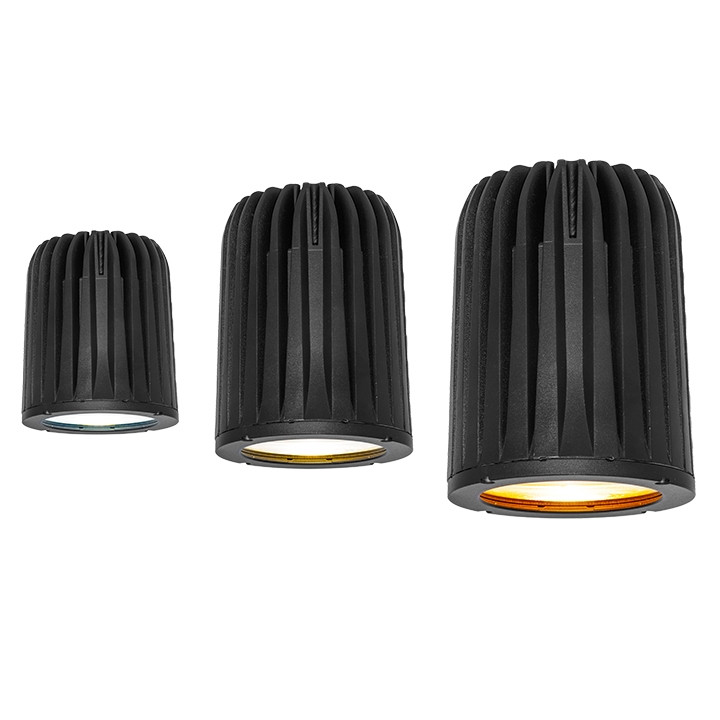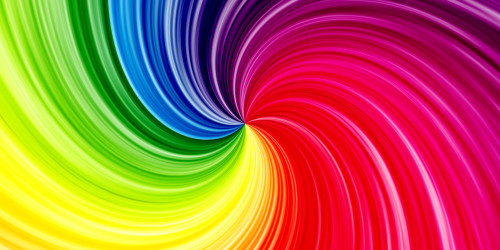
Immersive Colour in Houses of Worship
Immersive Colour in Houses of Worship. Colour plays an important role in human cognition, as artists have recognized for thousands of years. It can also be a valuable tool in houses of worship. It can help capture and direct people’s attention, raise the energy level in a space, make it more aesthetically appealing, create or enhance the mood, and more.
Colour & Colour Combinations Can Evoke Strong Emotions
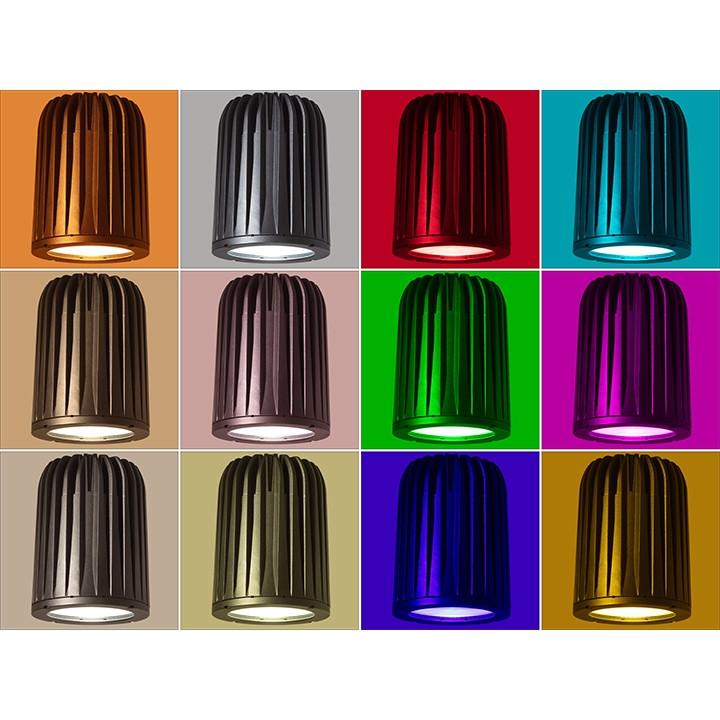
Storytelling
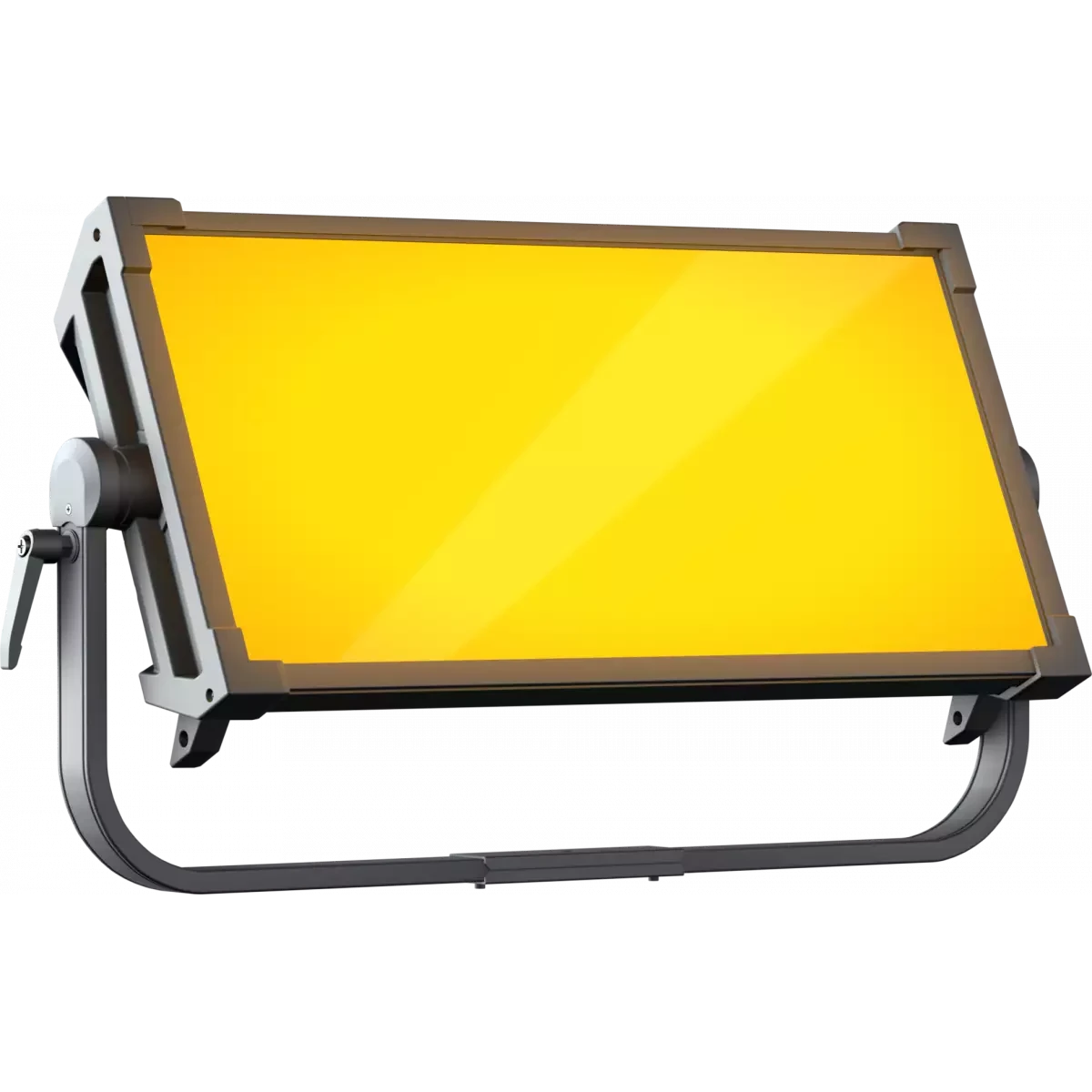
The Spoken Word
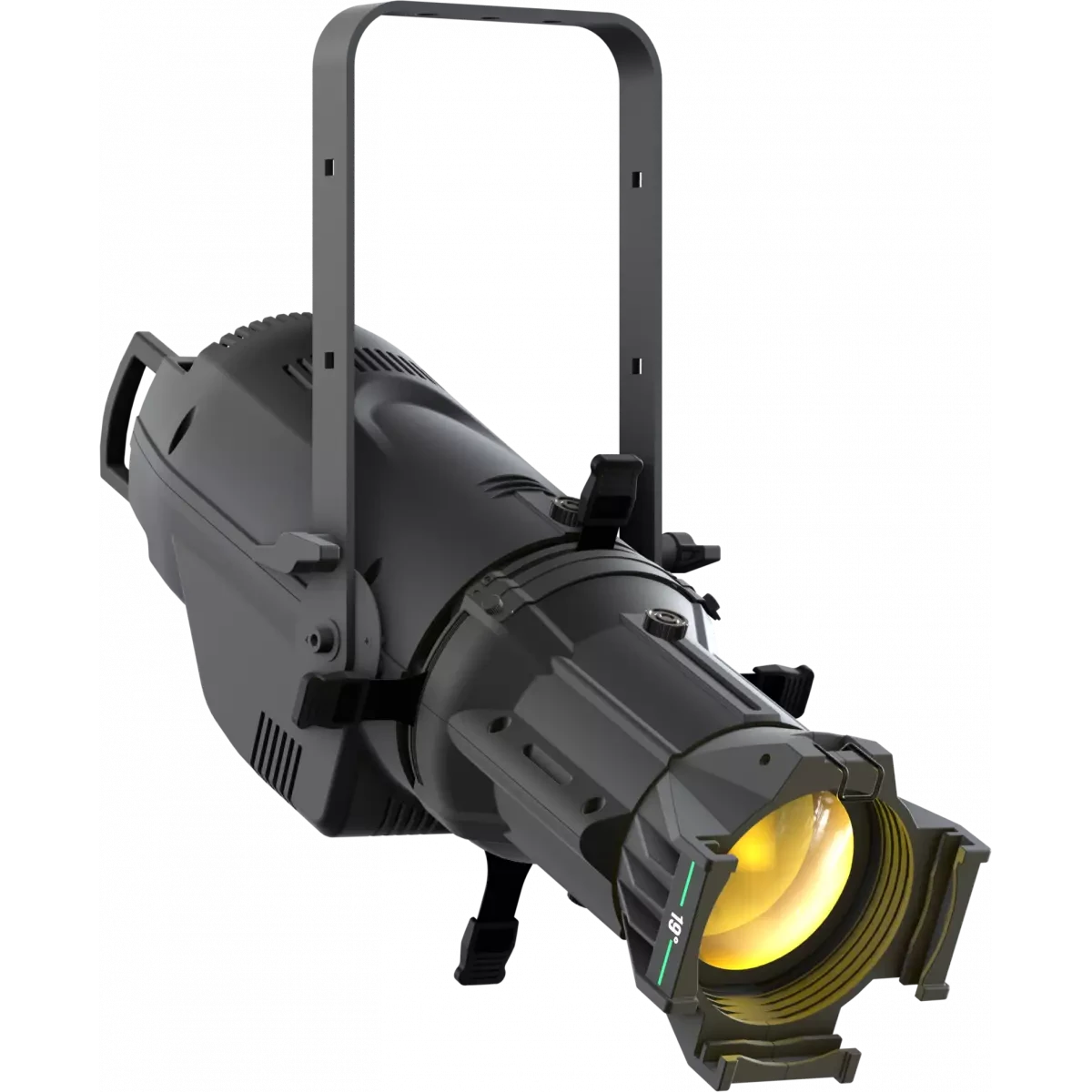
Music Evokes Emotion
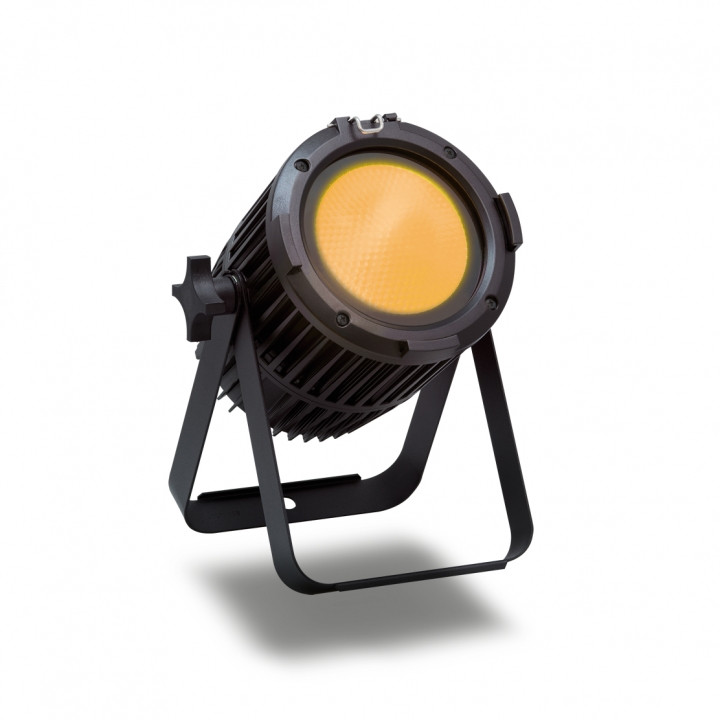
Experiential & Emotionally Connective Music
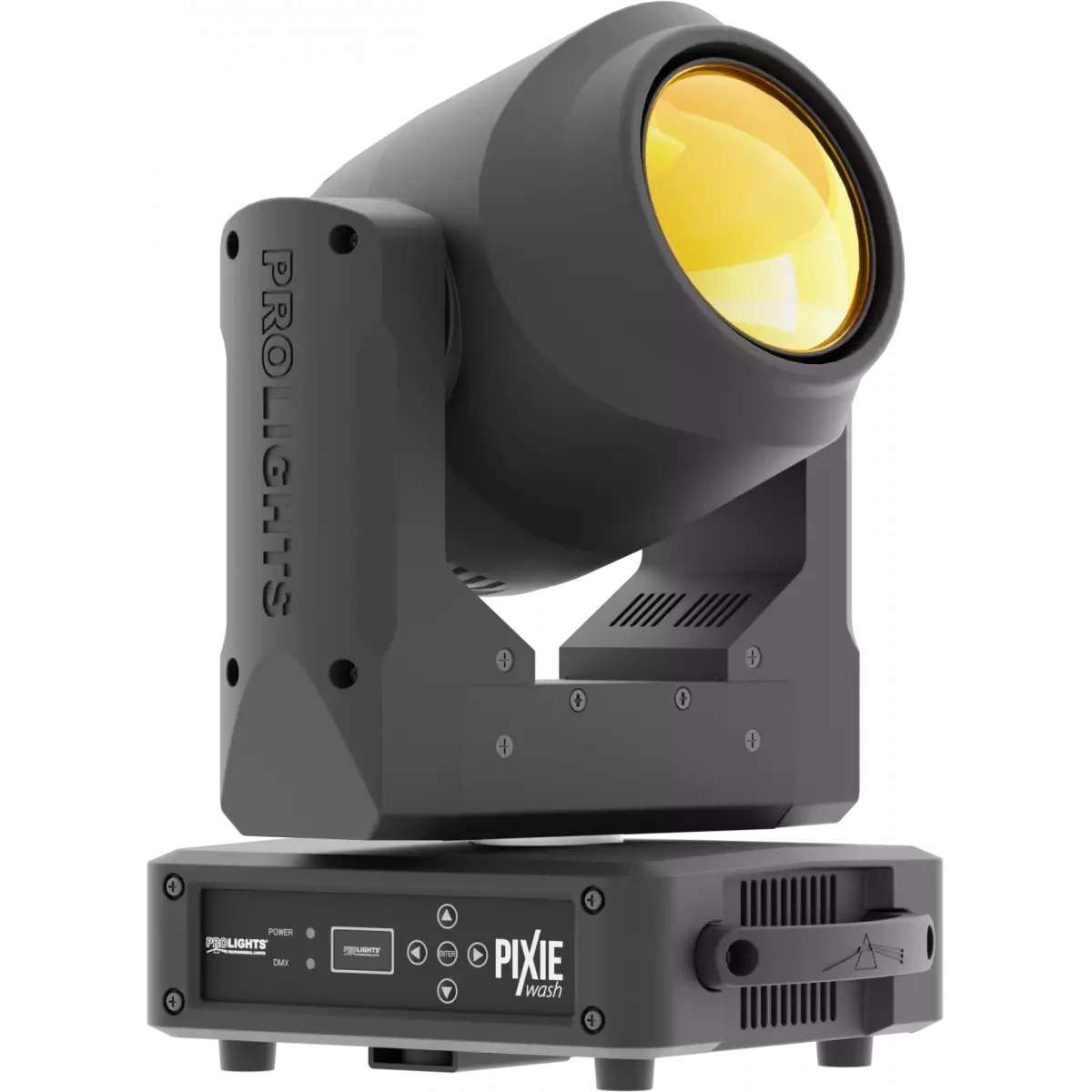
Non-Church-Related Events
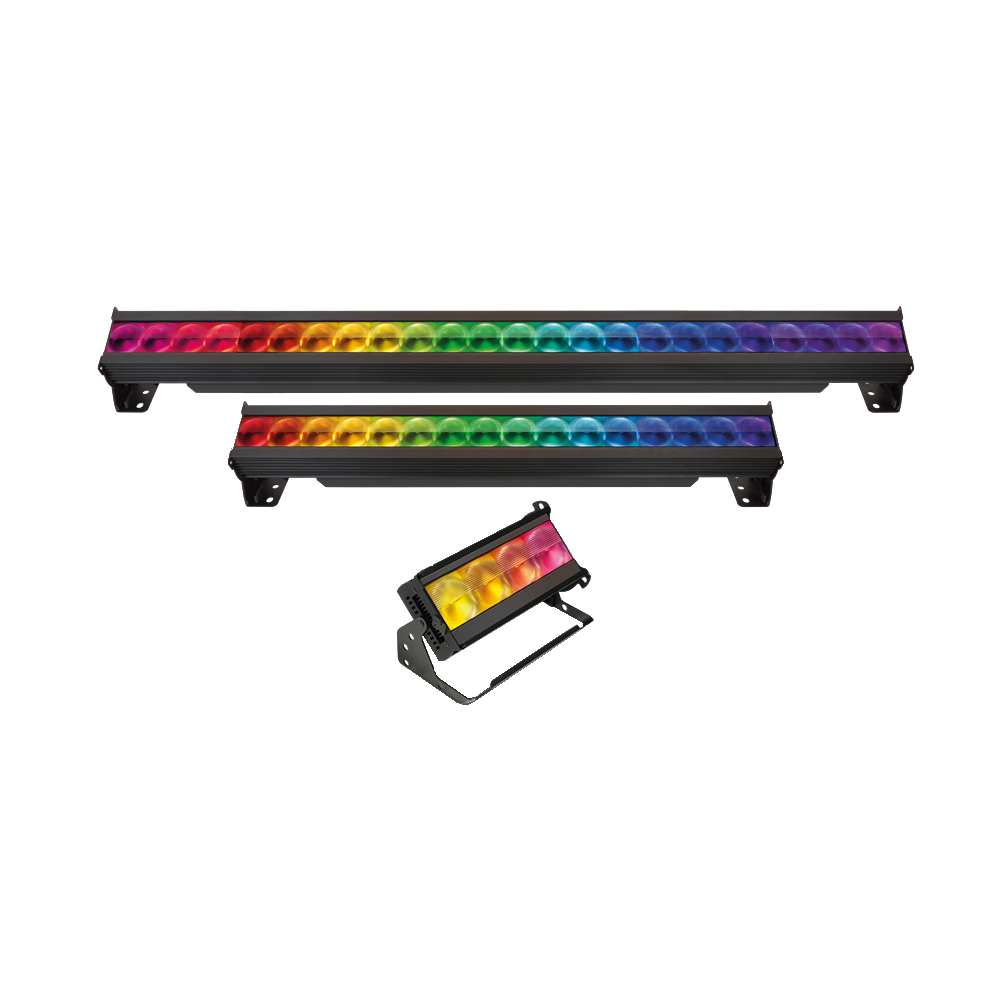
Colour is the New Stained Glass
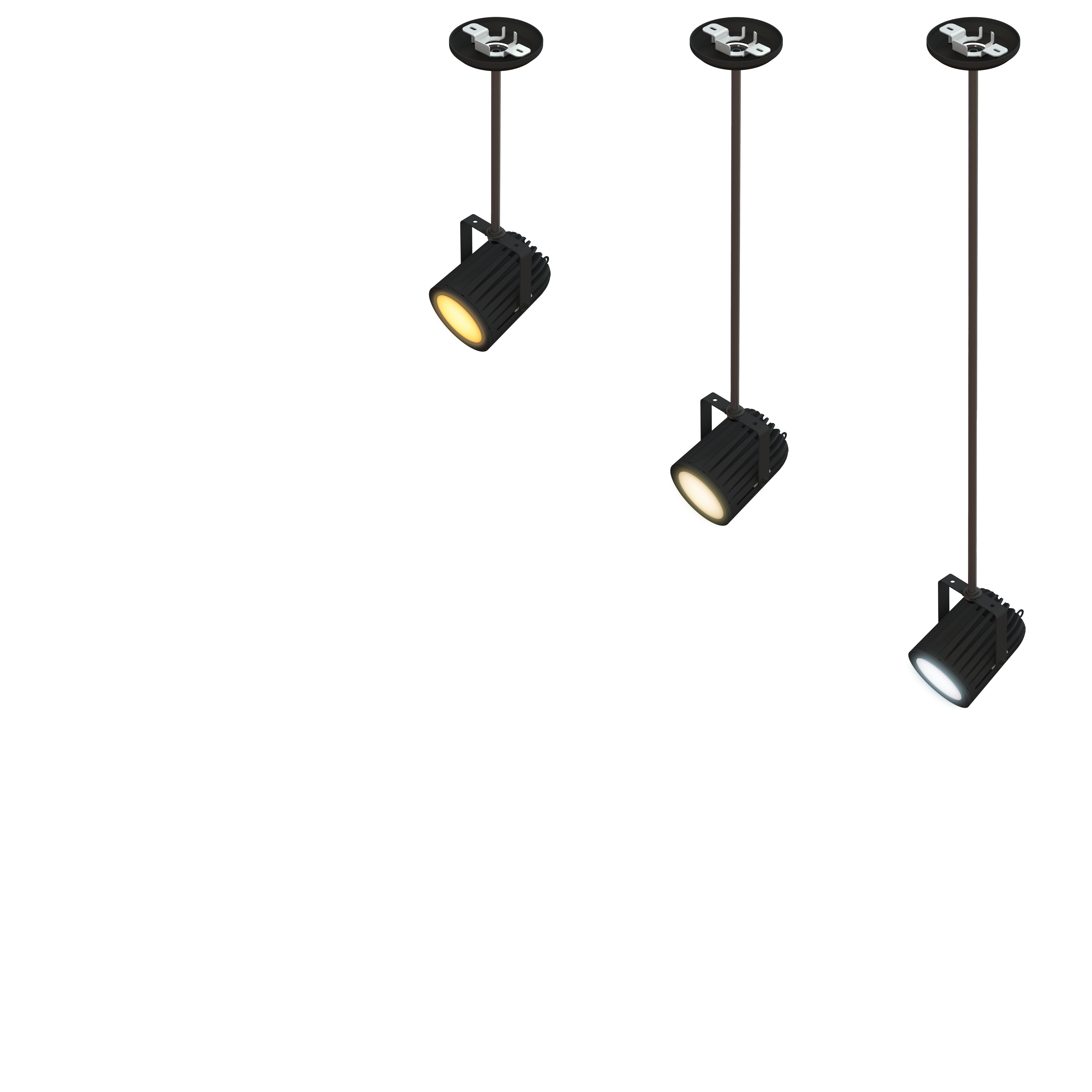
Create an engaging environment
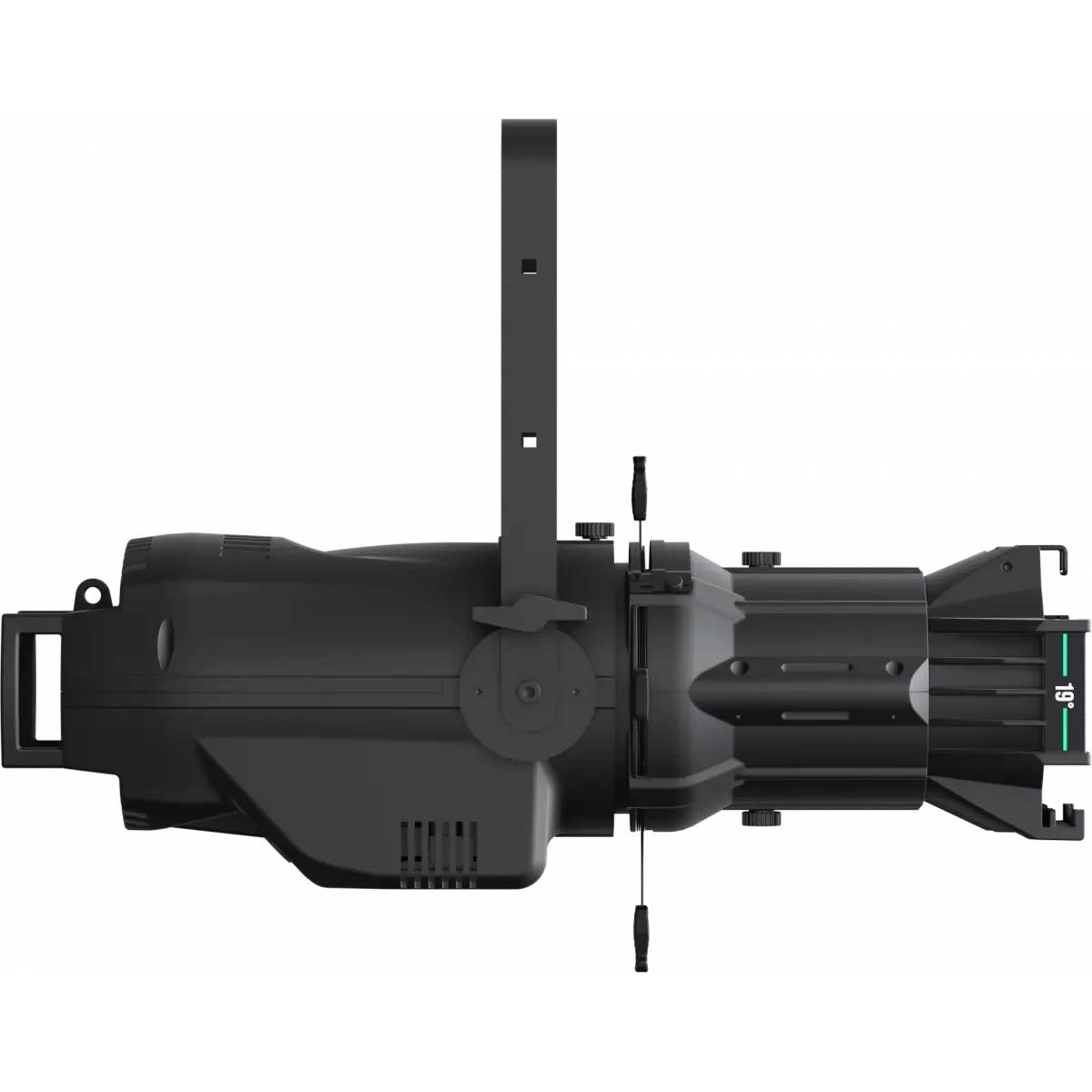
Bi-directional Engagement
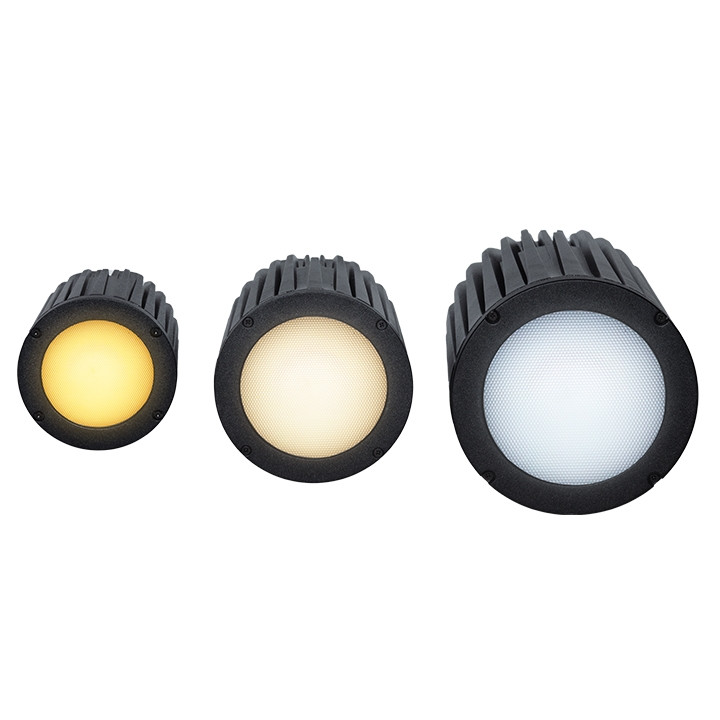
Summary
